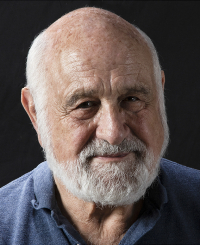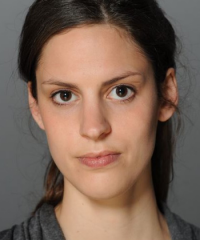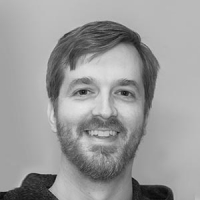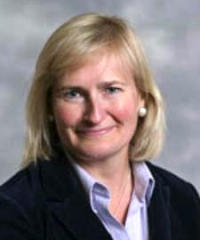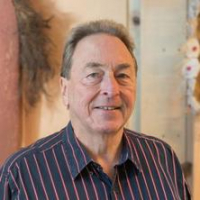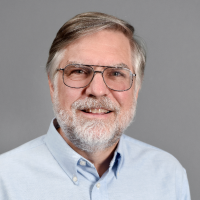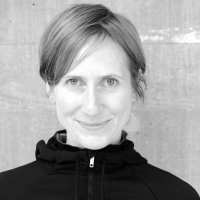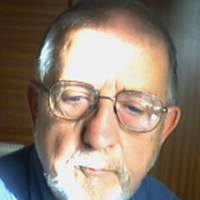How Humans Came to Construct Their Worlds
Biographical Sketches: Co-Chairs
University of California, San Diego
Michael Arbib is an Adjunct Professor in Psychology at UCSD and Emeritus as University Professor, Fletcher Jones Professor of computer science, and professor of biological sciences, biomedical engineering, electrical engineering, neuroscience and psychology at the University of Southern California. Born in England in 1940, Arbib grew up in Australia and received a B.Sc. (Hons) in pure mathematics from Sydney University. He received his Ph.D. in mathematics from MIT in 1963. After five years at Stanford, he became founding chairman of the Department of Computer and Information Science at the University of Massachusetts at Amherst in 1970, and remained in that department until his move to USC in 1986. Michael Arbib's main contribution to CARTA addresses the question "how did the brain get language?" He has used computational modeling to assess two complementary themes. (i) Comparative neuroprimatology: Comparing the brains, behaviors and social interaction of extant monkeys, apes and humans to ground hypotheses on our last common ancestors with monkeys and apes and the changes that must have occurred to equip Homo sapiens with a language-ready brain. (ii) To work back from computational models for neurolinguistics to contribute to an EvoDevoSocio approach to the cultural evolution whereby humans went from pantomime via protolanguages to diverse languages, equally privileging signed and spoken languages. A current concern is with implications of such a framework for the architecture of the built environment. His current research focuses on the ABLE Project (Action, Brain, Language, Evolution) linking data on brain mechanisms in macaque, chimpanzee and human within an evolutionary framework. He also explores the possible roles of neuroscience in the architecture of the built environment. Arbib is the author or editor of over 40 books, including How the Brain Got Language: The Mirror System Hypothesis (Oxford University Press, 2012), the edited volumes Language, Music and the Brain: A Mysterious Relationship (The MIT Press, 2013) and From Neuron to Cognition via Computational Neuroscience (with James Bonaiuto, The MIT Press, 2016), and his single-authored book When Brains Meet Buildings: A Conversation Between Neuroscience and Architecture (Oxford University Press, 2021), https://global.oup.com/academic/product/when-brains-meet-buildings-9780190060954.
Free University of Berlin
My dissertation is based on the assumption that today's perception of the landscape of the Neolithic site Göbekli Tepe (southeast Turkey) arose through a semantic transfer of the singularity attributed to the place to the landscape, but is not based on research into the landscape. Various aspects that shape the current narrative about Göbekli Tepe, and especially its landscape, are seen as a reflection of recent ways of thinking and perception. In my work, I therefore carried out verifiable landscape analyzes and examined patterns of perception of landscape, space and archeology against the background of cultural-historical reflection. With the help of this approach, which combines archaeological and geographical working methods in an interdisciplinary manner, Göbekli Tepe was reinterpreted. The site is not seen, as has previously been assumed, as driving Neolithization forward, but rather as a backward-looking place where the Paleolithic way of life was retained. It is shown that the choice of location was not based on the most commonly cited reasons of desired control, efficiency or prominence. Instead, the architecture and location of Göbekli Tepe can be interpreted as an expression of the uncertainty that the transformation process from an appropriative to a productive way of life triggered in the early Neolithic.
Biographical Sketches: Speakers
University of Liverpool
I have a continuing fascination with the development of technology and in particular the transition from hand-held to hafted technology. My current research is based in Zambia and Ghana, and in both areas I'm looking at sites which can help document the precursors to hafted technology, the transition itself and the impact of this new technology on the lives of Stone Age communities. My book 'From Hand to Handle: the First Industrial Revolution' (Oxford 2013) makes the case that the transition involved much more than just a new way of thinking about tools. It was a holistic and creative process that used existing expertise in novel ways to solve problems common to small hunter-gatherer communities - and the consequences of the invention of hafting are very much with us in everything we make. Very basic questions of when, where, how and why this transition took place remain to be answered and my research is just beginning to grapple with these issues through the 'Deep Roots Project" (see blog post link) and its international team of researchers (funded by the UK's Arts & Humanities Research Council).
Africa is the focus for me and in particular Zambia where I have been working since 1993.
University of Liverpool
Barnabas Calder is head of the History of Architecture Research Cluster - the largest architectural history research grouping in the UK. He is working on a history of the relationship between energy and human culture, and a complete works of Denys Lasdun, funded by the Graham Foundation and in collaboration with the RIBA British Architectural Library Special Collections. Barnabas also works on British architecture since 1945.
University of St. Andrews
I have several avenues of research currently underway all stemming from an interest in relationships between behaviour and the correlated neural processing, specifically the processing of spatial information; adaptive specialisation of memory; effects of behavioural experience on the development of the avian hippocampus, particularly in migrant songbirds; field tests of spatial memory and context-dependent choice in hummingbirds.
NewSchool of Architecture and Design (San Diego)
Kanaani has been a Professor at NewSchool of Architecture and Design since 1992, where she has held several roles, including as Chair of the Architecture Department and the Undergraduate Program, Acting Dean and Director of Integrated Path to Architectural Licensure, IPAL Program. She has been Principal at Universal Design since 1997. Kanaani earned a Master of Science degree in urban planning from the University of Tehran, a Master of Science degree in architecture from the University of New Mexico and a Doctor of Architecture degree from the University of Hawaii.
University of Queensland
Professor Paul Memmott is an anthropologist and architect and for some decades was the Director of the Aboriginal Environments Research Centre at the University of Queensland (School of Architecture and Institute for Social Science Research). This has now become the Aboriginal Environments Research Collaborative (AERC) within the School of Architecture, Design and Planning. The AERC has provided and continues to provide an applied research focus on a range of topics in relation to Indigenous populations, including institutional architecture, vernacular architecture, housing, crowding, governance, well-being, homelessness, family violence and social planning for communities.
Arizona State University
Michael E. Smith is an archaeologist with two research themes: (1) The Aztecs, Teotihuacan, and other societies in ancient central Mexico, and, (2) comparative urbanism. He has directed fieldwork projects at numerous sites in the provinces of the Aztec empire in central Mexico. His fieldwork focuses on the excavation of houses and the study of daily life. He has published seven books and numerous scholarly articles on the Aztecs; his books include the award-winning "At Home with the Aztecs" (2016), the textbook, "The Aztecs" (3rd edition, 2012), "Aztec City-State Capitals" (2008), and "Rethinking the Aztec Economy" (co-edited by Nichols, Berdan & Smith, 2017). He now focuses on the study of urban life, society, inequality and prosperity at the ancient city of Teotihuacan.
Texas Tech University
Kristine Stiphany is a multidisciplinary urban scientist, designer, and scholar of Latin American urbanism interested in the politics and design agency of urban transformation, with a particular focus on the role of informal housing in community and urban infrastructural systems. She is the founder of the Chapa Civic Data Lab, a digital humanities initiative of citizen scientists for social justice in urban transformation. Supported by grants and fellowships from the National Science Foundation (two), the Andrea von Braun Foundation, and the J. William Fulbright Fellowship, Kristine's practice, scholarship, and teaching frames-built environments not only as technological artifacts, but a spatial politics for transforming where and how urbanization-vulnerable communities live in cities.
University of Edinburgh
I studied ancient history and archaeology at Birmingham University, and went on to write a doctoral thesis on the metal industry of Cyprus in the Early and Middle Bronze Ages. Through that, I became interested in investigating the transition that introduced the radically new features of the Early Bronze Age to Cyprus. For several years I worked on new aspects of the Cypriot Neolithic, which led me to believe that there were earlier phases of the Neolithic that had not been discovered (which has proved true). In the late 1970s I excavated in northeast Syria, and in the 1980s joined the international salvage archaeology programme working on sites to be lost behind a dam on the Tigris in north Iraq. That work led to the opportunity to excavate a very early Neolithic settlement at Qermez Dere, near Telafar. Since 1990, my research has been increasingly theoretical, and, since retirement from active teaching in 2003, I have been able to pursue that work more productively.
